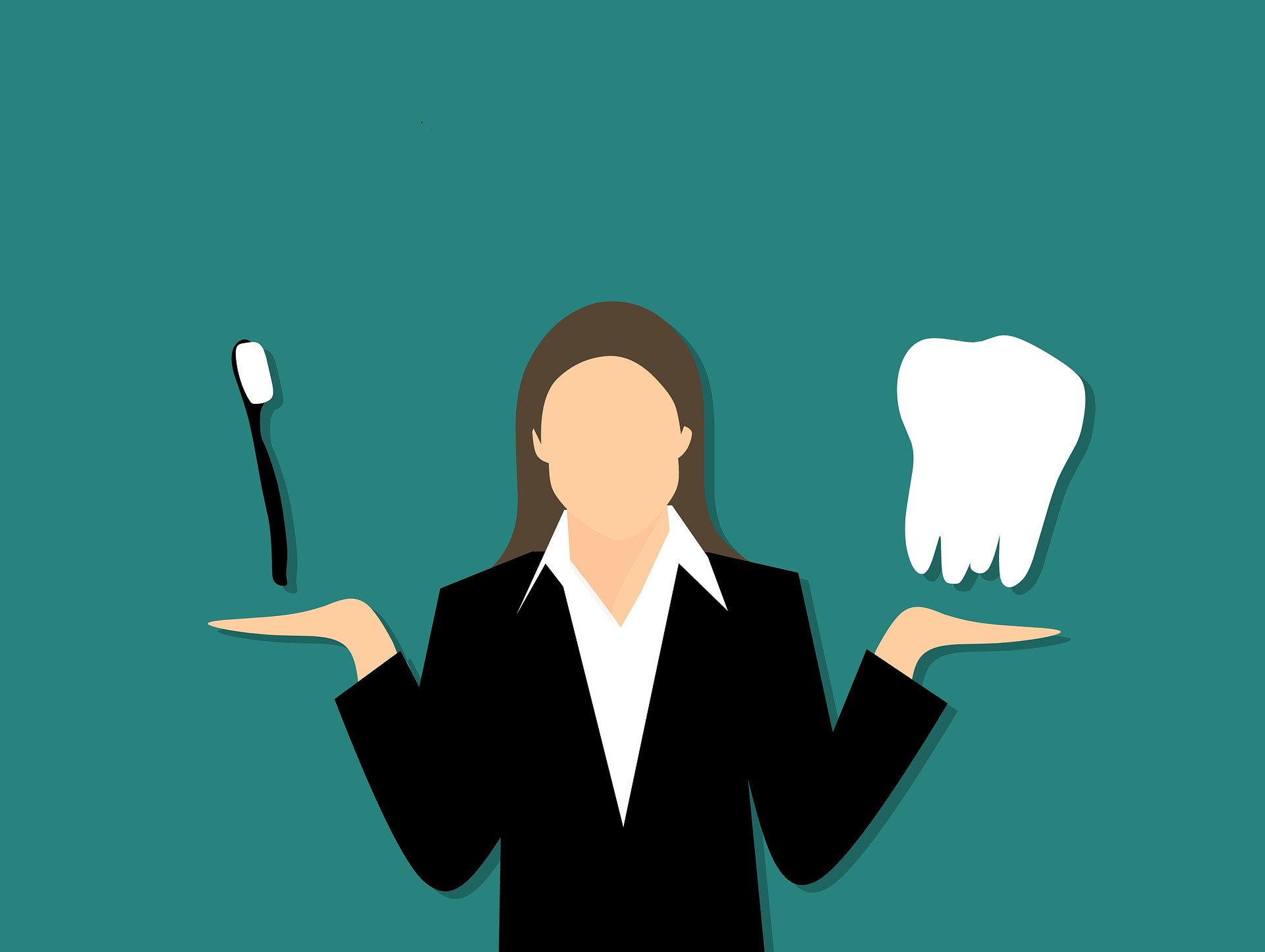Quick Announcement: Starting this week, the Titan Tech blog will release two posts a week, one on Tuesday and one on Thursday, instead of just one post a week. Stay tuned for more tech news.
Teledentistry refers to any means of patient care using digital technology. The most obvious examples of this are routine appointments conducted over video chat or over the phone. Telehealth in general has become more commonplace during the COVID-19 pandemic. Yet, curbing the rate of infection isn't the only reason dentists should take advantage of teledentistry. It also allows the sharing of patient data over digital platforms, including information relating to imaging, diagnosis, education, and billing. Let's consider some of the facts on the ground as they relate to dental care and why teledentistry should be a part of any modern dental practice.
Telehealth and Patient Care
According to the American Dental Association, the number one reason people fail to get regular dental care is due to cost, even among those patients who have insurance coverage. Fear of dental procedures and inconvenient times and locations are the second and third reasons, respectively. Teledentistry can help address these problems by eliminating travel times and staffing costs associated with in-office visits. This is especially true in rural communities where households may be more isolated from commercial areas where dental practices tend to operate. Likewise, patients are often more comfortable chatting with a dentist from the comfort of their own homes rather than an office.
Overall, teledentistry improves the quality of communication between patients and their dental providers. Telehealth allows patients to submit questions over email or similar messaging platforms instantly, rather than having to schedule an appointment and come into the office. This is especially true for older patients who may not have access to reliable transport or otherwise have trouble getting around. As the world population continues to age, virtual patient care is likely to become more integral to public health than it was in the past.
Finally, teledentistry expedites billing and payment. Rather than relying exclusively on paper invoices through the mail, practices can now send invoices and accept payments through email, mobile apps, and online patient portals. Moreover, many platforms accept payment through ACH bank transactions (also known as virtual checks) and credit cards, giving patients options in how they settle their bills.
Choosing the Right Product
Thankfully, there are numerous teledental products available today. Many of these platforms offer flat fees for simple consultations, whether patients have insurance or not. Others even offer free consultations or, at the very least, mechanisms whereby patients can submit health questions without getting charged. This is good news, as routine dental visits can cost up to $200, according to Dr. Evan Frisbee, writing for WebMD.
Any product you choose should be HIPAA compliant, as we've discussed in the past. Digital platforms need to be secure in other ways, too. Namely, they need to include security measures like end to end data encryption, two-factor authentication, staff training, and user monitoring. This is especially true as it relates to imaging storage and the transfer of patient data between practices. Fortunately, many teledentistry platforms include such measures.
All in all, any dental practice that neglects integrating telehealth measures into their patient care will fail to keep up with demographic trends and limit their reach as healthcare providers. Titan Tech can help any practice choose the right product, implement it, and manage it. If you need advice on how to go about incorporating teledentistry into your practice, contact Titan Tech today for a free consultation.
And join us next week for more tech news.

